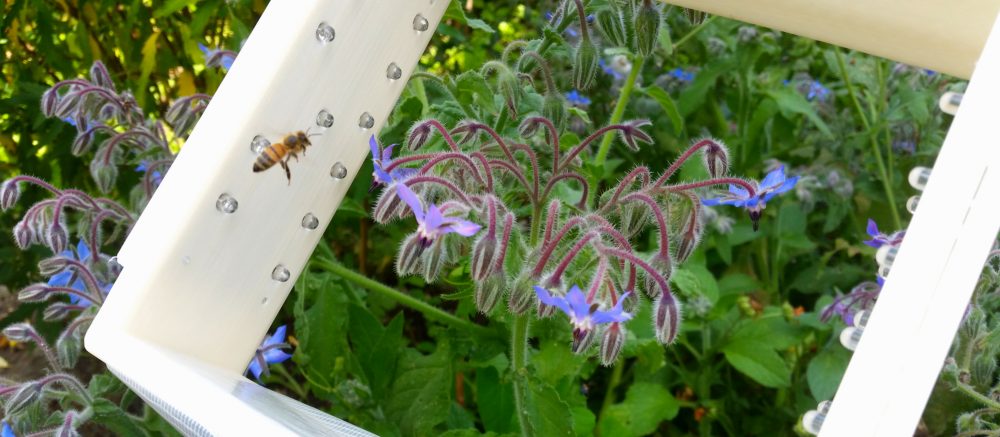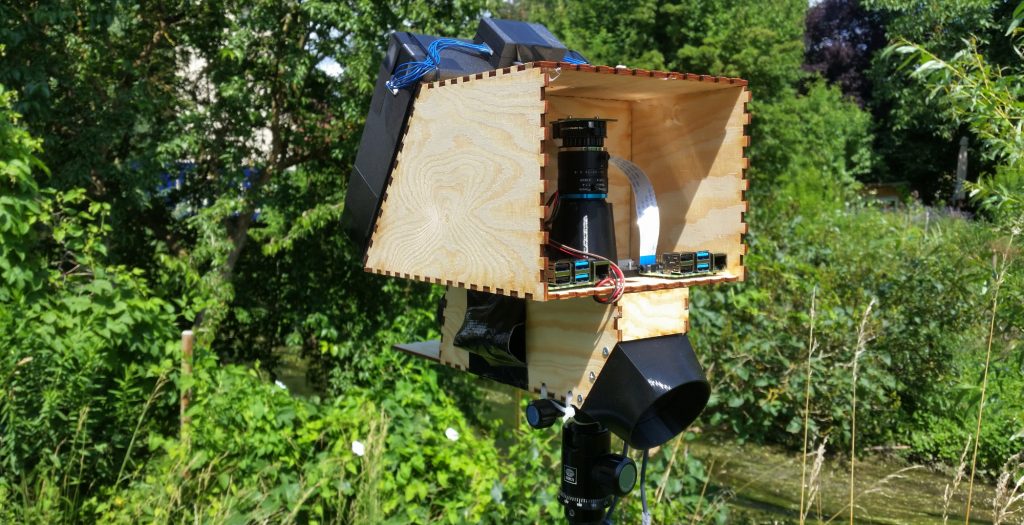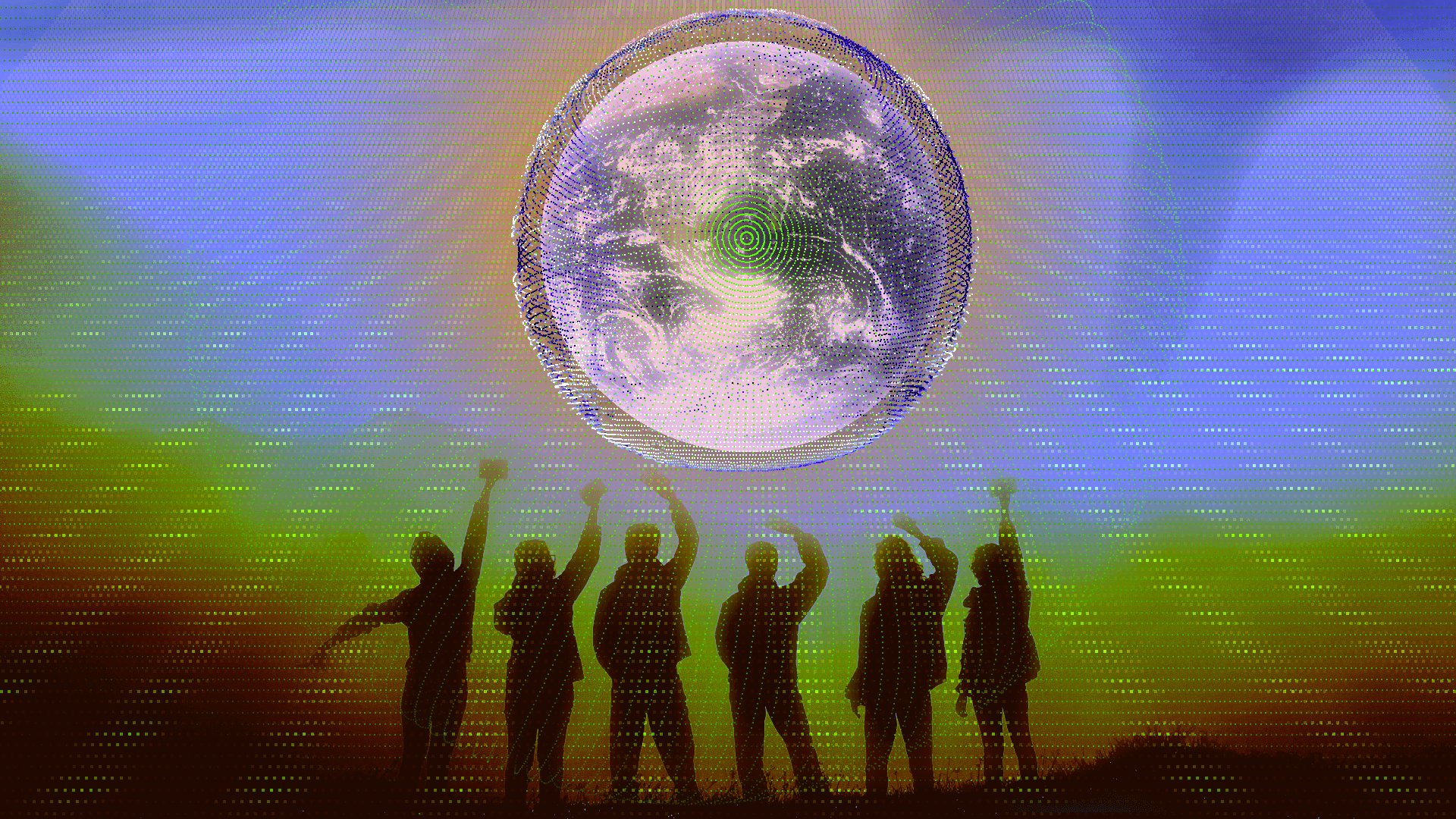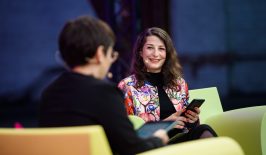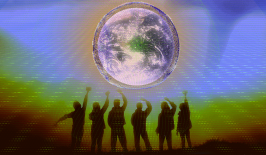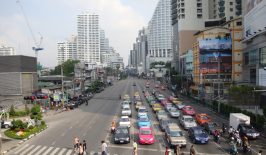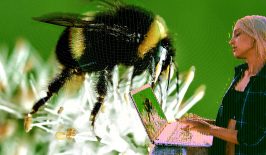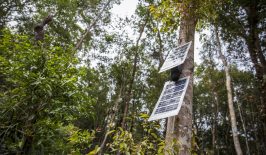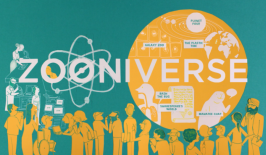Insect research can be a sad business – especially for the insect. The use of so-called ‘Malaise’ traps adds to the overall atmosphere. Set up in primeval forests, gardens, meadows and fields, Malaise traps catch countless insects, who give their lives for science, preserved in alcohol. But the Malaise trap is not named after the word ‘malaise’, instead it comes from René Malaise, who invented it almost a century ago.
With German startup, KInsecta, it is different. No malaise, no death trap awaits the insects here – instead they are greeted by artificial intelligence, LEDs and 3D printing. The project, launched by journalist Nicola Wettmarshausen, hopes to rely on high-tech equipment to count and identify insects, not only with the help of scientists, but also with the help of committed citizens. The KInsecta project of the Listhof Environmental Education Centre in Reutlingen and the Beuth University of Applied Sciences in Berlin is now even being funded by the Federal Ministry for the Environment with a sum of millions.
“I had the idea of counting and identifying insects digitally, but no idea how to implement it technically,” Wettmarshausen tells RESET. She had previously founded an initiative that aims to bring together technology, the environment and citizen science. So, she asked for help at a hackerspace in Stuttgart and at other initiatives – wherever dedicated volunteers are tinkering with new technologies. The makers brought back an idea for a technology that would recognise insects by the beat of their wings.
Few people talk about mosquitoes with such enthusiasm as Nicola Wettmarshausen. She talks about a study in which scientists discovered that different species of mosquitoes bat their wings at different speeds. And if they do this in the right place, where the sensors of KInsecta are looking, an AI can, theoretically at least, recognise which insect it is. Although the project is still not quite there yet.
So far, the researchers at Beuth University have developed a black frame with infrared LEDs positioned on its sides. On the other side are photodiodes that perceive the infrared light. If an insect flies through the frame, the wings cast a shadow in the rhythm of the wing beat, which is detected by the photodiodes. This data is evaluated by an artificial intelligence and linked with further information, for example with images from a camera sensor.
This AI is being developed within a separate project at the Beuth University of Applied Sciences in Berlin. The artificial intelligence must first learn how to distinguish between insects. As with humans, this is done through practice and observation. In order to train the AI, the project participants have built a larger wooden experimental set-up. The insects are to enter the wooden box through a tunnel. There, they are photographed by cameras, and the AI receives data about the colour, pattern, size and shape of the animals. At the end, they will pass through the frame with the infrared sensors back into the wild.
Even in the final stage, the device will not be able to recognise all insects flawlessly, but the AI will give probabilities that it is a certain species. “We can’t tell them all apart,” says Nicola Wettmarshausen, “but with tens of thousands of insect species, it would be nice if they could at least distinguish families or supercategories.”
Scientists could obtain more precise information through statistics and metadata. In the future, for example, seasons, weather data and site-specific features will be included in the evaluation. Nicola explains: “If you know that the mason bee flies around in March, April or May, you can say that it is not another bee that only comes in August”.
In addition to developing the AI, at KInsecta they want above all to further develop the community of volunteers who participate in the project and bring in new people. But they also need to coordinate those who are already involved. As more people, especially from the maker scene, get involved, it’s not so easy to organise – after all, they do the work for KInsecta in their free time: “Sometimes they have a lot of time and can get involved, and sometimes they don’t have any time at all for a few months,” says Wettmarshausen, “that’s the difficulty: when you do a research project, you also have certain obligations.”
In the end, people who otherwise have little to do with hobbyists should also be interested in KInsecta: Farmers, hobby gardeners, people in the city; they all offer interesting locations for the devices that will provide data for them – as well as for biologists, ecologists and climate researchers. But to attract and maintain these citizen scientists, the technology still needs to become cheaper. Wettmarshausen estimates that volunteers, hobbyists and environmentalists would not want to spend more than 200 euros privately for such a device.
In workshops, the project leaders also want to get people excited about KInsecta and help them build the devices themselves. The data obtained can be analysed by the committed hobbyists at home and thus get an overview of what is buzzing, eating – and being eaten – in their garden. Researchers could call up the data centrally and thus obtain further information about the decline in insects that has been talked about in recent years.
Are all biologists excited about the new possibilities of crowdsourced insect counting? “There are biologists who are afraid that AI could make them unemployed in the mapping and monitoring segment,” says Wettmarshausen, “but there are also biologists who say we have too little manpower, too little money and too few experts anyway.” That’s what KInsecta’s artificial intelligence is supposed to be in the future: an expert in the field of insect research.
This article is part of the Special Feature “Civic Tech – Ways out of the Climate Crisis with Civic Engagement 4.0”. You can find all the articles of the Special Feature here: Special Feature Civic Tech

The Special Feature is part of the project funding of the German Federal Environment Ministry (Deutsche Bundesstiftung Umwelt – DBU), in the framework of which we are producing four Special Features over two years on the topic of “Opportunities and Potentials of Digitalisation for Sustainable Development”.
More information here.
This article is a translation of an original article from the RESET German language website.
